Mexican cuisine: a festival of vibrant colors and bold flavors, recognized as one of the world’s five great culinary traditions alongside Chinese, Indian, French, and Italian. More than just food, it’s a cultural expression honored as an Intangible Cultural Heritage of Humanity by UNESCO.
Corn forms the soul of this ancient cuisine. With over 600 native varieties, it transforms into tortillas, tamales, atoles, and even beverages like pozol. Did you know the ancient Maya considered corn sacred? They even recounted in the Popol Vuh that the gods molded humans from corn dough.
Chili peppers complete this magical duo. Mexico is home to over 200 chili varieties—from the mild poblano to the fiery habanero. The unique blend of ancestral techniques like nixtamalization and the use of the metate (stone grinding tool), combined with ingredients like cacao, vanilla, and edible flowers, creates an unparalleled sensory explosion.
Tacos: The National Icon
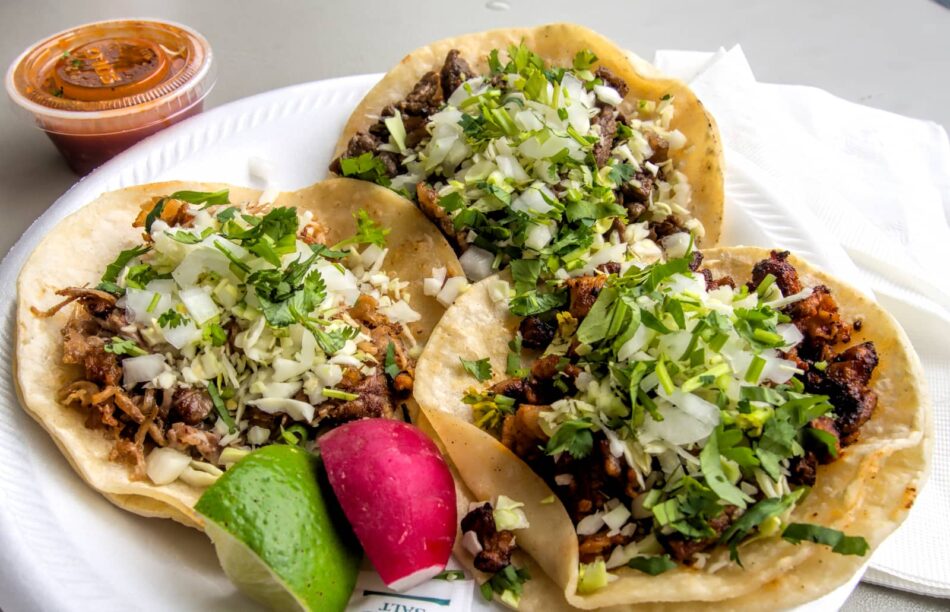
Carnitas tacos Michoacán style. Photo: Larry Miller
The ultimate street food, varying by region: Baja California’s fish tacos in flour tortillas, Yucatán’s cochinita pibil tacos, and Mexico City’s classic suadero (beef brisket) tacos. The secret lies in freshly made tortillas (no industrial wraps!) and handmade salsas.
Pro tip: Eat like a local—slightly tilt the taco and bite sideways to avoid spills.
Quesadillas: With or Without Cheese?
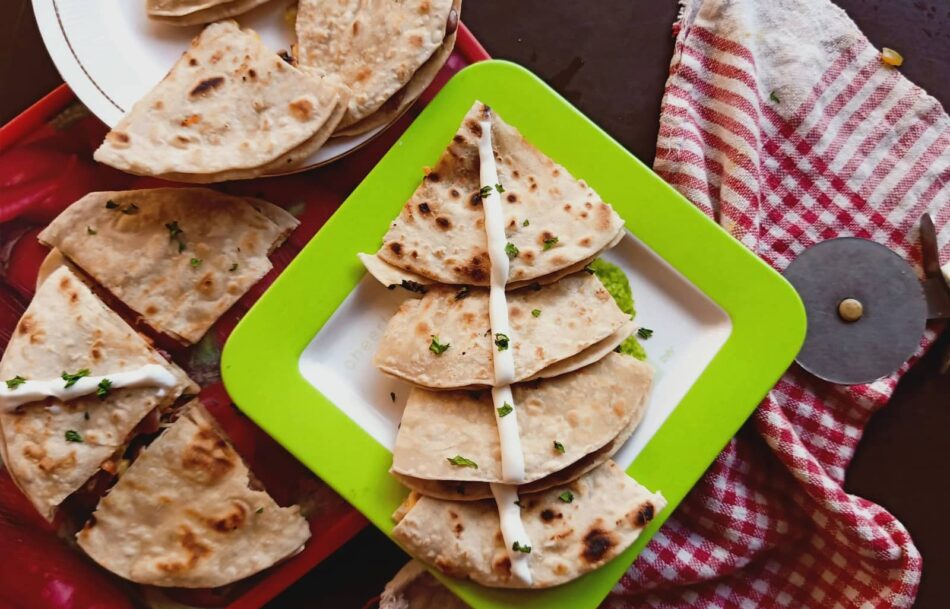
Artisanal quesadillas. Photo: Rishika
Surprise! In Mexico City, quesadillas take you on a biodiversity tour: huitlacoche (corn fungus), squash blossoms, escamoles (ant larvae), or chapulines (grasshoppers).
Fun fact: The eternal debate—some regions insist on mandatory cheese, while in the capital, despite the name deriving from “queso” (cheese), they can be filled with almost anything.
Fajitas
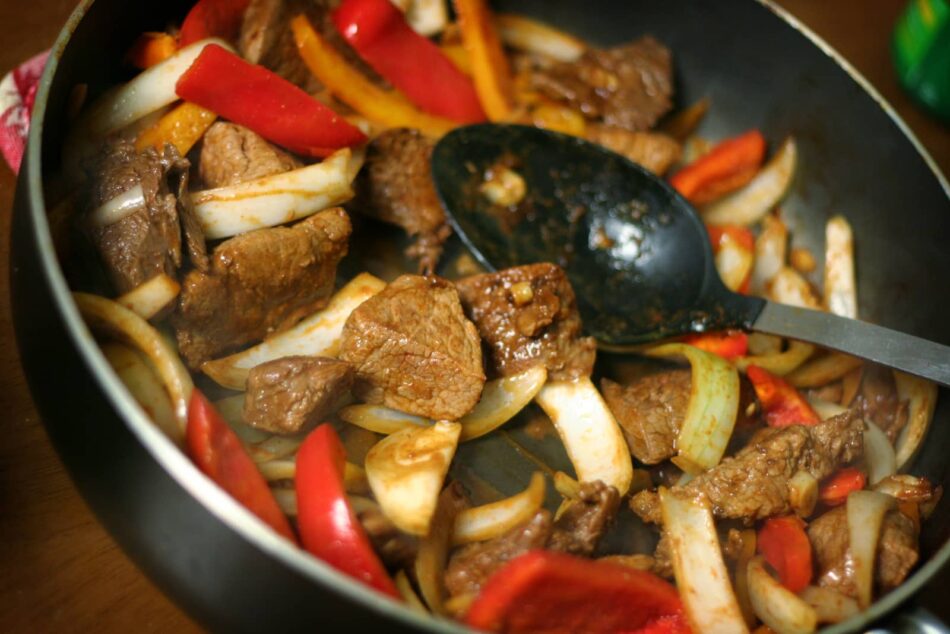
Northern-style fajitas. Photo: Ginny
Popularized globally as a Mexican dish, their origin traces back to northern Mexican cowboys using lesser cuts of meat. Today, they’re a cultural bridge: prepared with ranch-style charcoal grilling using mesquite, while southern adaptations feature xcatik chili.
Key details: The sizzling sound when served isn’t just theatrics—it signals the skillet is perfectly heated. Bonus trivia: The term “fajita” comes from the Spanish “faja” (referring to the long, belt-like cut of meat).
Chilaquiles: Hangover Turned Culinary Art
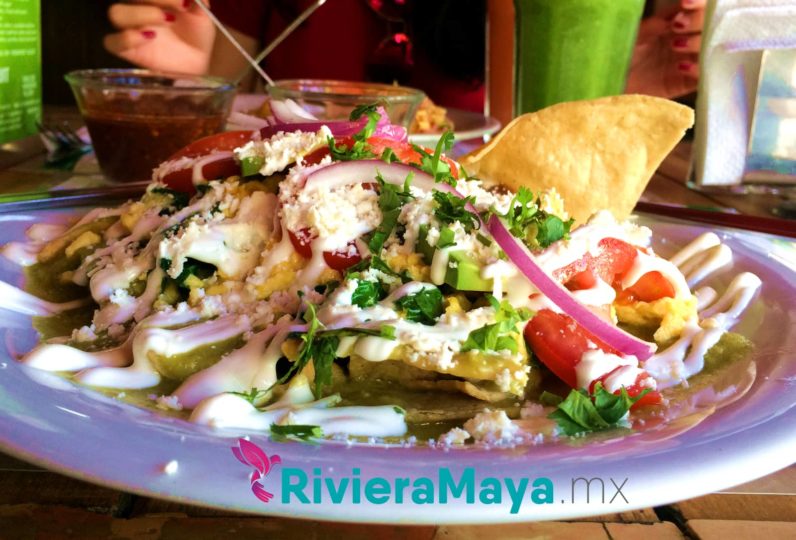
Traditional chilaquiles. Photo: RivieraMaya.mx
A ritual breakfast blending crunch and richness. The key is the sauce: red (guajillo chili/tomato) or green (tomatillo). Gourmet version: With duck in Oaxacan black mole. In the Riviera Maya, they’re sometimes made with chaya (a local herb) and called “chayaquiles.”
Tostadas: The Crispy Canvas
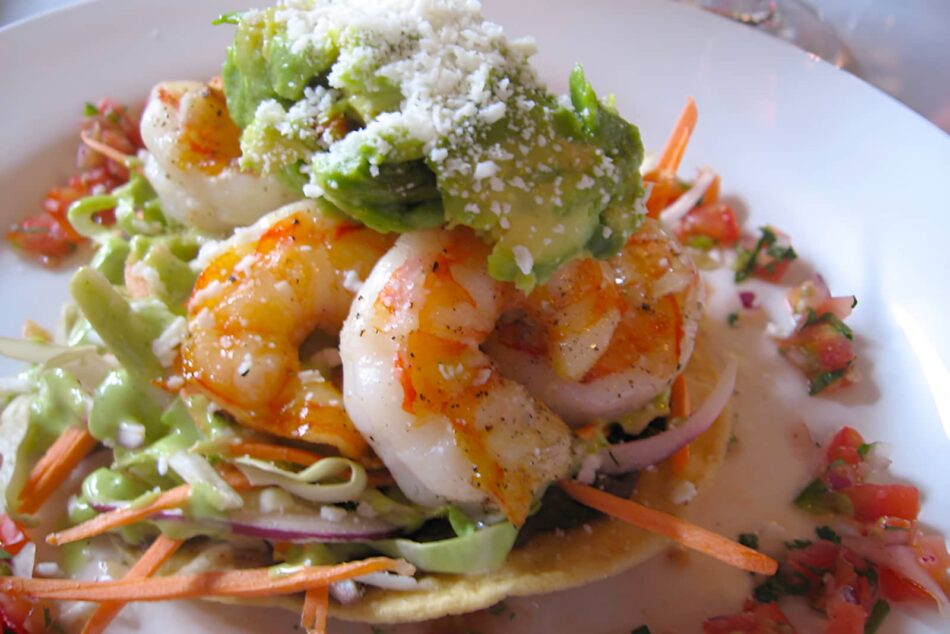
Seafood tostada. Photo: Jason Weaver
Tostadas are a symphony of textures. The base: a corn tortilla fried to golden crispness. On this crunchy canvas, regional creations shine:
- Pacific Coast: Fresh shrimp or octopus ceviche with avocado.
- Central Mexico: Classic “pata” (spicy pickled pig or cow feet) with red onion.
- Yucatán: Shredded cochinita pibil and pickled red onion.
- Traditional Markets: Refried beans, shredded lettuce, fresh cheese, and molcajete salsa.
This is just a taste of Mexico’s culinary universe. Which dish made your mouth water? Do you have a special memory of Mexican food? Share it in the comments!
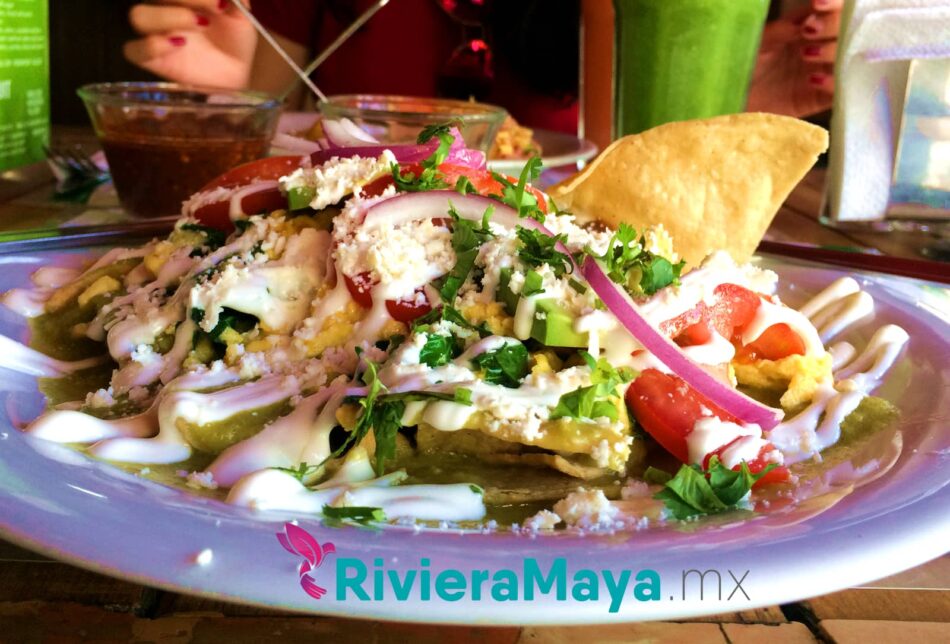
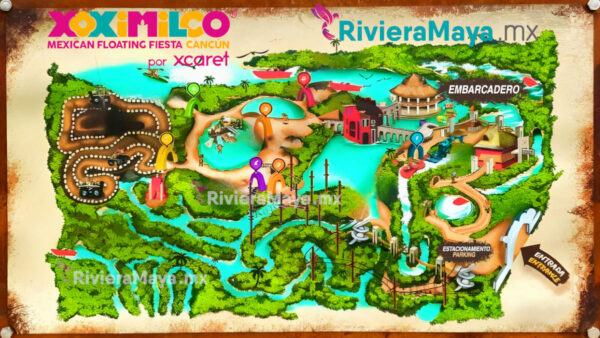
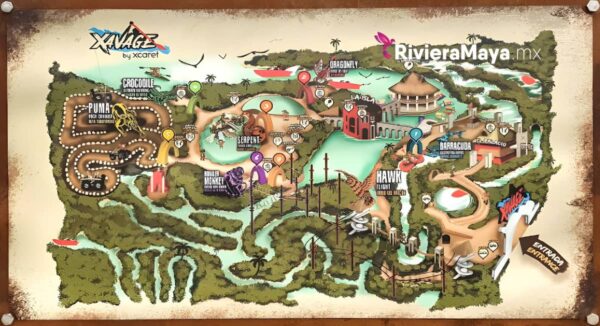
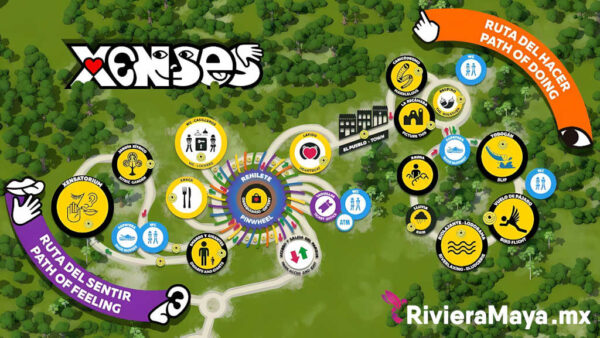
Hamdan 5 March, 2025 at 5:25
Amazing
Reply